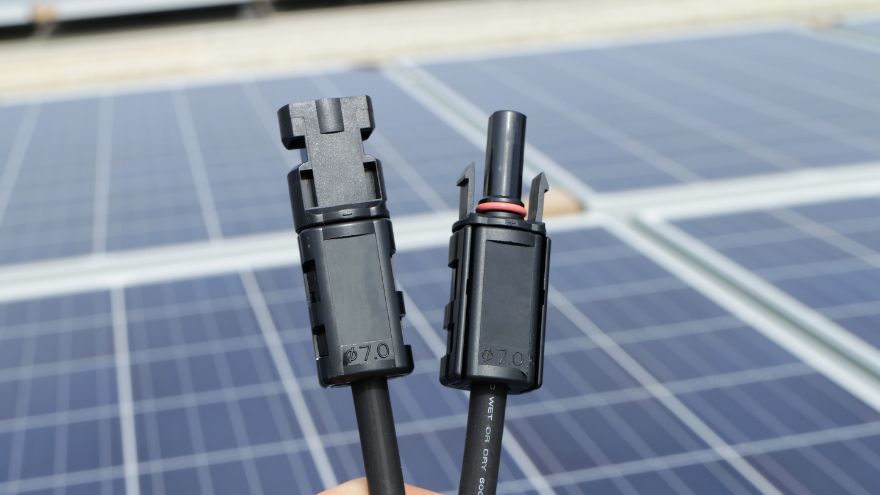More and more people decide to install a photovoltaic system. Thanks to it, you can save a lot and at the same time do something good for the environment. It must be remembered that the solar cable is an extremely important element. It is worth learning more about it and choosing the right model.

What is a solar cable?
Each photovoltaic installation requires special cabling, and this is where solar cables come in handy as they are used to connect PV installations with each other. It is worth paying attention to their characteristic structure. They are made of flexible copper wire, which is galvanized to increase durability. Another important element is the insulation and coating made of halogen-free plastic. It is resistant to sunlight and changing weather conditions. In addition, the coating is oil-resistant. You also need to know that solar cables can be used not only inside buildings, but also outdoors and even underground. The solar cable is used to produce electricity. It plays a very important role in solar cells or solar panel systems. It is used to connect individual panels as well as panels with an inverter. The cables available in the Onninen wholesale offer can be easily adapted even to large photovoltaic installations. In addition, they meet the most stringent quality standards. They tolerate temperatures from minus 40 to 90 degrees very well.
Check out solar cables at the Onninen wholesaler
How to choose a solar cable?
A solar cable is also called a photovoltaic cable, which is closely connected to the entire system. The operation of photovoltaics depends on its quality. There is also a question here - how to choose a solar cable? Well, its strength parameters and the type of insulation used must be taken into account. Another important criterion is the quality of connectors, which of course should be the highest. In this way, you can avoid system failure, which involves high repair costs. It is best to choose products with double insulation, i.e. not only basic insulation, but also additional insulation, separated by a metal partition. This way you gain additional protection against fire or electric shock. It is also important to remember that the bending radius of the cable should be large. This way, installation is much faster and easier, and you gain additional protection against internal damage. The flexibility of the conductor should be class 5 or 6. Cables connected using MC4 connectors certainly work well. They are really resistant to weather conditions. Thanks to this, there is no need to use additional covers. Such connectors must be firmly attached to the rails to minimize moisture penetration. You cannot forget about laying solar cables. It is worth protecting them against friction and shifting.
Cross-section of a solar cable
Solar cables should comply with the PN-EN 50618:2015-03 standard. When it comes to the grounding cable, you can choose the 16 mm2 model, which has a metal structure and radiation-resistant insulation. The conductor should be flexible and galvanized, preferably made of copper. In addition, the cables should meet the requirements of thermal resistance tests in accordance with the UNE-EN 60216 standard. They should be suitable for operation even at high voltages of up to 1000VDC. The cross-section of the photovoltaic installation cable should be selected according to the parameters of a given installation, and here the power of the inverter, the voltage, but also the type of cable material should be taken into account. At a voltage of 320V, the most common wire cross-section is 2.5 mm2. You also need to calculate the length of the cable and here the formula applies: L=L1+L2.
4 mm or 6 mm solar cable
Solar cables play a very important role in every photovoltaic installation. They are one of the key elements of the entire system. Therefore, they should be selected taking into account their quality and cross-section. You need to know that the permissible current for a given wire must be higher than the maximum current that will flow through it.
 To determine the cable cross-section, it is best to use the formula where wire cross-section = (lxn)/Uxkx0.01
To determine the cable cross-section, it is best to use the formula where wire cross-section = (lxn)/Uxkx0.01
- n is the length of the circumference in meters
- l is the current
- U is the circuit voltage
- k is the specific conductivity of the material
- 0.01 is the allowable losses on the circuits.
It is worth paying attention to the mechanism of selecting power cables for inverters. For an inverter power ranging from 3 to 7.5 kW , a 4 mm solar cable should be used, while for an inverter power ranging from 7.5 to 11 kW , a 6 mm solar cable will work.
